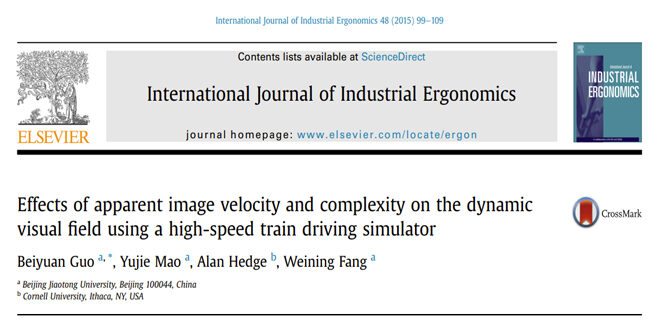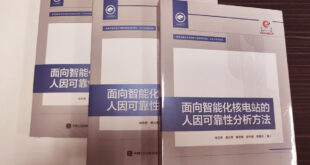Author:Beiyuan Guo , Yujie Mao, Alan Hedge ,Weining Fang
Train driving is a highly visual task. The visual capabilities of the train driver affects driving safety and driving performance. Understanding the effects of train speed and background image complexity on the visual behavior of the high-speed train driver is essential for optimizing performance and safety. This study investigated the role of the apparent image velocity and complexity on the dynamic visual field of drivers. Participants in a repeated-measures experiment drove a train at nine different speeds in a stateof- the-art high-speed train simulator. Eye movement analysis indicated that the effect of image velocity on the dynamic visual field of high-speed train driver was significant while image complexity had no effect on it. The fixation range was increasingly concentrated on the middle of the track as the speed increased, meanwhile there was a logarithmic decline in fixation range for areas surrounding the track. The extent of the visual search field decreased gradually, both vertically and horizontally, as the speed of train increased, and the rate of decrease was more rapid in the vertical direction. A model is proposed that predicts the extent of this tunnel vision phenomenon as a function of the train speed. Relevance to industry: This finding can be used as a basis for the design of high-speed railway system and as a foundation for improving the operational procedures of high-speed train driver for safety.
This work was supported by State Key Laboratory of Rail Traffic Control and Safety Grant RCS2014ZT28 and RCS2010ZT010.
REFERENCES:Beiyuan Guo , Yujie Mao, Alan Hedge ,Weining Fang,Effects of apparent image velocity and complexity on the dynamic visual field using a high-speed train driving simulator, International Journal of Industrial Ergonomics,2015.4
 复杂系统人因与工效学研究所
复杂系统人因与工效学研究所

